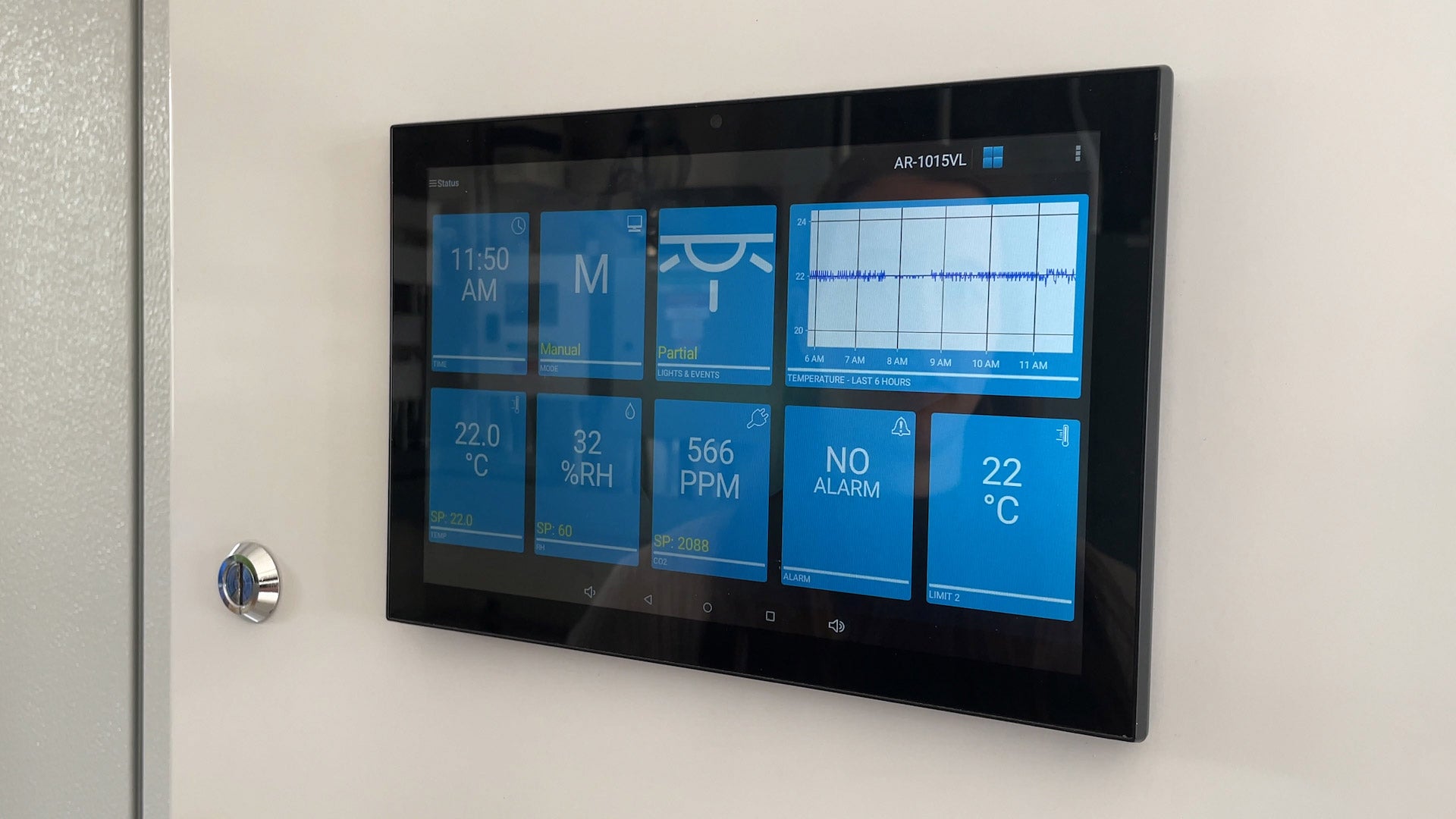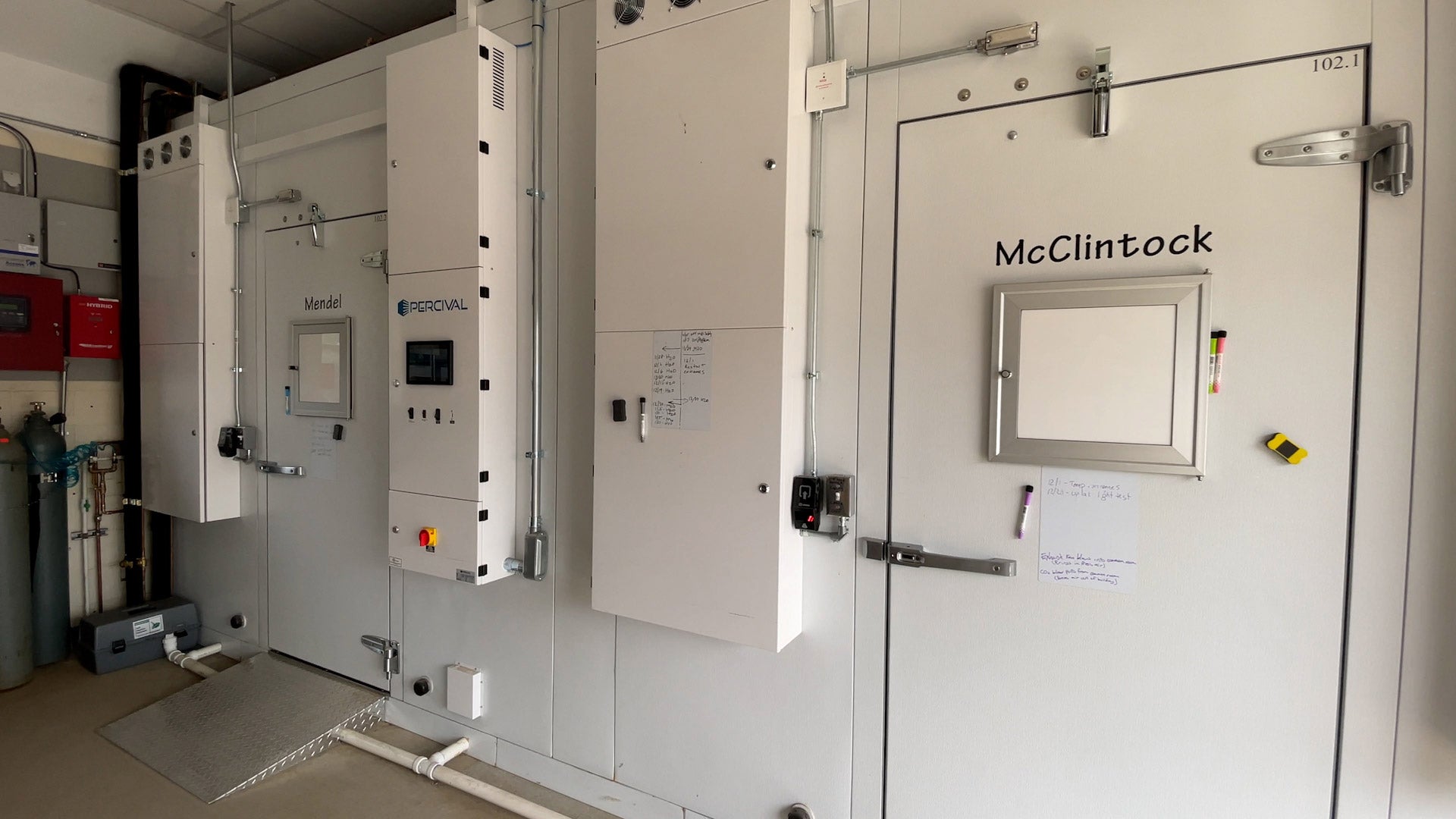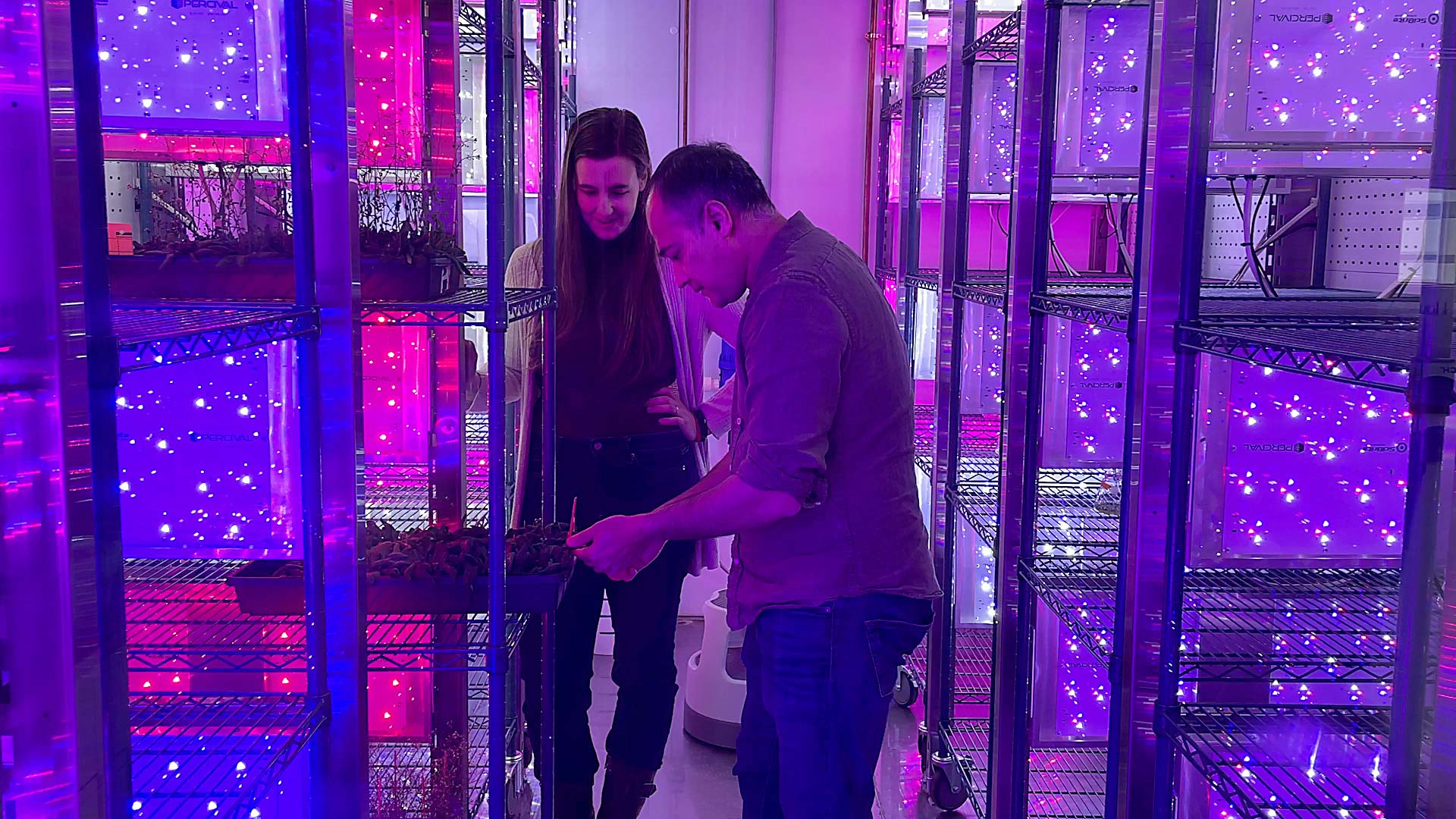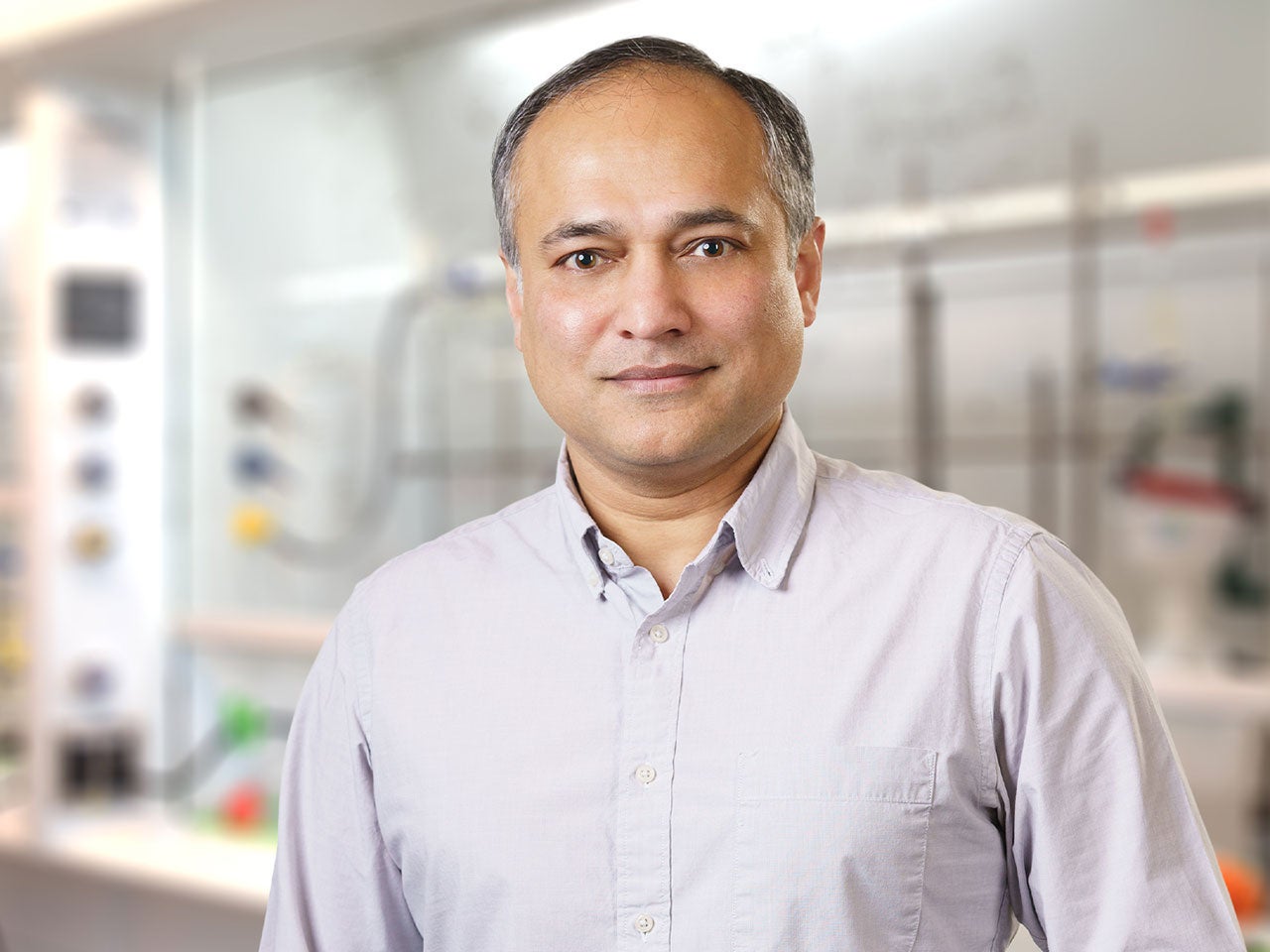Just like baking a cake, growing crops isn’t only a science. It’s also an art. There’s a perfect recipe of light, water, air, and nutrients needed for plants to flower just right. Tragically, climate change jeopardizes all of these ingredients. But what if plant growers could somehow control the weather? What if they could harness sunlight, humidity, and carbon dioxide? Believe it or not, this is essentially what Cold Spring Harbor Laboratory (CSHL) scientists have done—albeit in a contained environment.
Thanks to the state-of-the-art facility at Uplands Farm in Cold Spring Harbor, New York, plant biologists can now mimic the climate of any place in the world during any time of day. Inside two new growth chambers recently installed at Uplands Farm, they can precisely adjust light, humidity, temperature, and carbon dioxide levels.
Led by CSHL Associate Professor Ullas Pedmale, scientists are using the chambers to investigate how certain strains of plants stand up to extreme or fluctuating climate conditions. And they’re going a step further. They genetically engineer plants to withstand these conditions. Their findings could help “climate-proof” agriculture against environmental changes.
The project began in July 2020 when Pedmale reached out to Percival Scientific. The manufacturing company has sold more than 20 growth chambers to CSHL since 1998. But they had never done anything like this before. No one had.
Over the next two years, Percival designed, engineered, built, and installed two growth chambers complete with a number of high-tech features. These include 40 programmable lighting zones and a fully customizable heating and cooling system for complete temperature and carbon control.
A video tour of the new plant growth chambers at Uplands Farm.
Each growth chamber houses plants in “shells.” The shells allow for light to be projected onto plants from all sides, not just from above, thus better simulating natural sunlight. This unique design also maximizes the amount of space available inside the chamber, Pedmale explains. “If the light is coming from the side rather than the top as is traditionally done, we can stack different types of plants,” he says. “These chambers allow us to work with plants as tiny as Arabidopsis and as big as maize.”
Rather than just turning on or off, the chambers’ LED lights can expose plants to the full color spectrum from blue to far-red. This allows scientists to control daylight hours inside the chambers. In other words, they essentially control time itself.

“As you know, during dusk there’s an enriched red or orange in the horizon,” says Pedmale. “It’s because of the scattering of light. We can simulate that. We can also simulate midday, sunrise.” Similarly, the humidity and carbon dioxide levels can be increased or decreased in precise increments.
The new technology also allows scientists to study plants throughout their entire lifecycle. Julie Micko is the research technician in the Pedmale lab charged with managing the growth chambers. “We can test many different parameters at the same time,” she says. “Instead of just studying the early progress of the plant when it’s germinating, we can study things like flowering time and other variables that are more large-scale.”
Even though outside this chamber we can only grow plants in the climate of New York, inside it we’re able to simulate conditions on other continents.”
Julie Micko
Another unique feature is the chambers’ ability to house species native to any climate across the globe. This includes places with extreme weather and shorter or longer days.
“With these chambers, we can study conditions that exist at any latitude,” says Micko. “So, even though outside this chamber we can only grow plants in the climate of New York, inside it we’re able to simulate conditions on other continents. With so many habitats shifting due to climate change, being able to study how these changes affect the growth of different plant species will be very important.”

Moving forward, CSHL plant biologists hope to dig up better farming practices to minimize pollution and maximize food supply. There may be spillover into the burgeoning vertical farming field. “This technology will help us study how we can grow plants indoors with different conditions and what’s optimal for fruits, vegetables, and grains,” says Micko.
In the end, the Pedmale lab’s work may even have tasty consequences. “We know that light can have a big influence on, for example, how a salad tastes,” says Pedmale. “So, we can develop industrial recipes and alter those parameters right here.”
Written by: Luis Sandoval, Communications Specialist | sandova@cshl.edu | 516-367-6826

